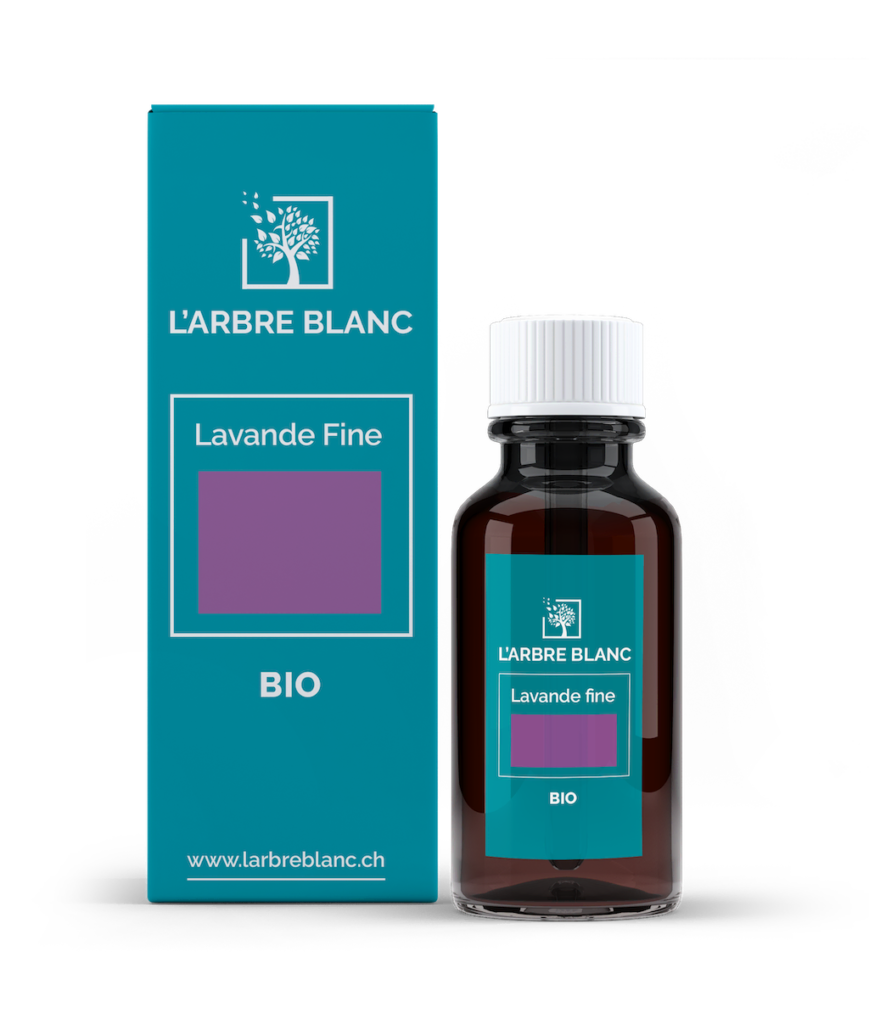
How to treat and relieve sciatica effectively, without going through surgery? Exercises, massages, ultrasound therapy, discover effective and natural solutions, resulting from physiotherapy.
It is called the sciatic, ischial or great sciatic nerve… and the pain it causes can ruin your life! Do you suffer from sciatica and are looking for a non-invasive and natural method to get rid of it? Find out how physiotherapy can help relieve sciatica.
Where does sciatica pain come from?
What is sciatica? It is a pain localized generally in the lower back, which can radiate in the buttock and in the thigh. It is the result of compression or irritation of the sciatic nerve. The medical term for this condition is “lumbar radiculopathy”.
Back pain affects 8 out of 10 people in Switzerland.
Do you suffer from sciatica or back pain?
It can be difficult for the sufferer to distinguish low back pain from sciatica . However, certain signs allow them to be distinguished quickly:
- The back pain can be located at the top, middle or bottom of the spine. Lower back pain is more indicative of low back pain, while stiff neck or a painful neck may indicate a cervical problem. Acute or chronic, back pain can appear for a variety of reasons. The victim of lumbago or lumbar pain may suffer from a lack of physical exercise, having made a wrong movement, or being subjected to intense stress…
- sciatica pain is localized, as the name suggests, on the sciatic nerve . The latter is the longest and thickest in the human body. It originates in the spinal cord, and divides in two at the bottom of the spine to continue its way into the buttocks and thighs. It ends at the end of each foot. Sciatica can therefore be felt in the back, but also the thighs, buttocks … or even lower!
Symptoms of sciatica
If you have a problem with sciatica, the pain may be like a burning or tingling sensation. The patient may also have a feeling of tightness in the back.
sciatica (or sciatic nerve pain) can be expressed in different ways:
- severe pain along one leg;
- numb or tingling thigh;
- usually asymmetric pain, which does not affected only one leg;
- pain in the buttock;
- loss of feeling throughout the leg, etc.
What causes?
Sciatica more readily affects people between the ages of 30 and 50.
Most of the time, a sciatic nerve in pain is a sign of an underlying condition that has been overlooked for too long. If you want to relieve sciatica , it is therefore essential to diagnose what caused it.
A stuck sciatic nerve can be a sign of different problems:
- First of all, we look for a problem of herniated disc : a damaged intervertebral disc can indeed compress or irritate the great sciatica.
- However, d ‘other causes can be sought: obesity, lack of physical exercise, sedentary work, postural problem, arthritis, bone spurs or pregnancy… There are many reasons.
- Sciatica can also be caused by a fall brutal on the buttocks!
Too many people think there isn’t much that can be done about sciatica. However, there are many solutions to prevent and relieve sciatica .
What to do against sciatica?
The pain can be so intense that our first instinct is to lie down … and not move!
However, as with lower back problems, this is not what our body needs. On the contrary:
- Staying active is essential: walking, cycling, swimming or yoga , physical activity allows you to strengthen your lower back and gain mobility, reducing as much the pains of sciatica. At home, you can do stretching, as you can, to reduce compression on the sciatic nerve .
- Other measures may help you find some relief. : lose weight, improve your posture, change your bedding to sleep in a better position, etc.
In many cases, however, physiotherapy can provide the support you need.
Relieving sciatica with physiotherapy
The physiotherapist uses different techniques to relieve sciatica and prevent the pain from coming back. In particular:
- manual therapy : massages and joint manipulations make it possible to relax the muscles of the lower back and regain some mobility. The professional can prescribe therapeutic exercises that the patient will have to do at home to keep the benefit of the sessions.
- Personalized exercises can also be prescribed to you to improve your posture. or the mobility of greater sciatica.
- Taping promotes healing as it strengthens muscles, prevents muscle fatigue and supports joint repositioning. The accredited physiotherapist is the only professional authorized to apply adhesives, positioned on very specific areas of the body.
- The use of therapeutic ultrasound helps relieve inflamed tissues. They promote blood circulation and the evacuation of inflammatory fluid and waste from injured tissues.
Do you suffer from radiating pain in the lower back and are looking for an effective solution to relieve your sciatica? Contact your physiotherapy practice and make an appointment for a check-up. Your specialist will direct you to the most appropriate care for your situation and your state of health.





